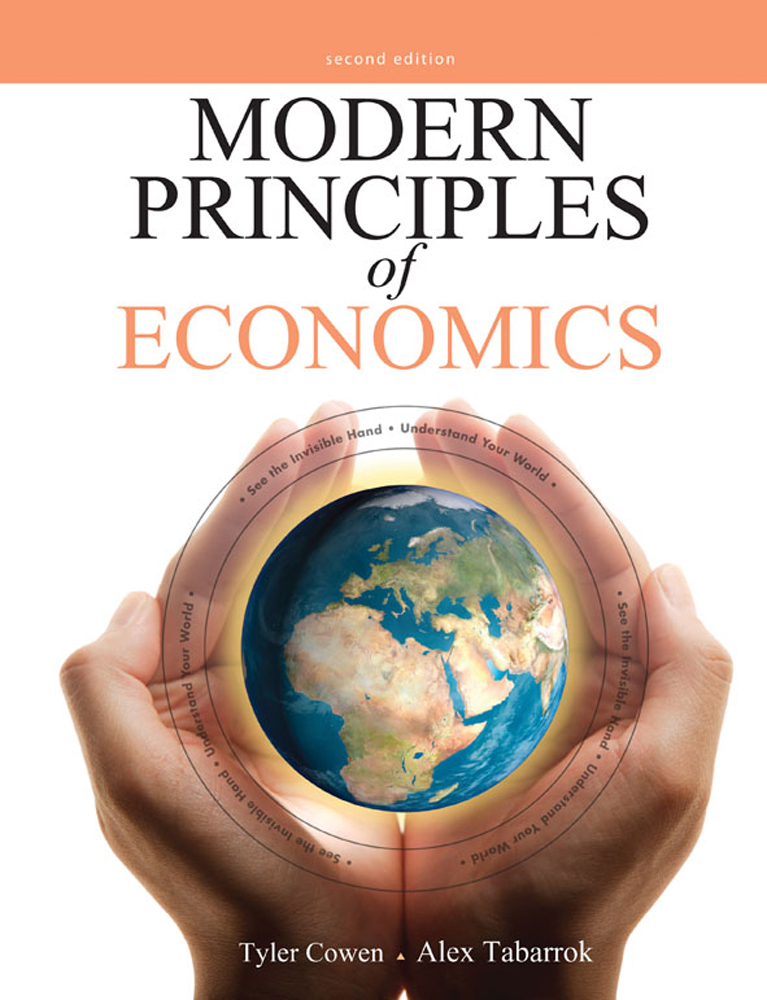How has introductory economics changed as it’s been taught in American universities?
That is a new Quora forum, via Justin Wolfers, and the question is referring to the last several decades. There are interesting answers by Summers, Jeremy Bulow, Preston McAfee, and others. My answer was this:
I see greater changes than some of these answers are suggesting.
Textbooks are much clearer, better written, and the quality of problem sets and auxiliary materials is much higher. Instructors can assign video supplements or other web materials, in a way that was not possible in earlier times.
Interactive homework sites help students discover what they know, or not. Aplia led a huge revolution, which is not over.
In terms of content, in current texts there is much more on economic growth and institutions and incentives. The macro models are much clearer, even if they are still not always intuitive. Every part of the book is expected to cover and explain its material very well, a quality which was not the case in most of the earlier texts, perhaps all of them.
Overall I don’t see the difference between “content” and “presentation” as being so clear at that level of learning. So improvements in presentation are also improvements in content. I might have added that the use of “clickers” allows students to be tested in real time, as a professor is lecturing (the professor asks a question and each student has to click on the right answer, with immediate feedback), and this technique seems to be an effective one.
